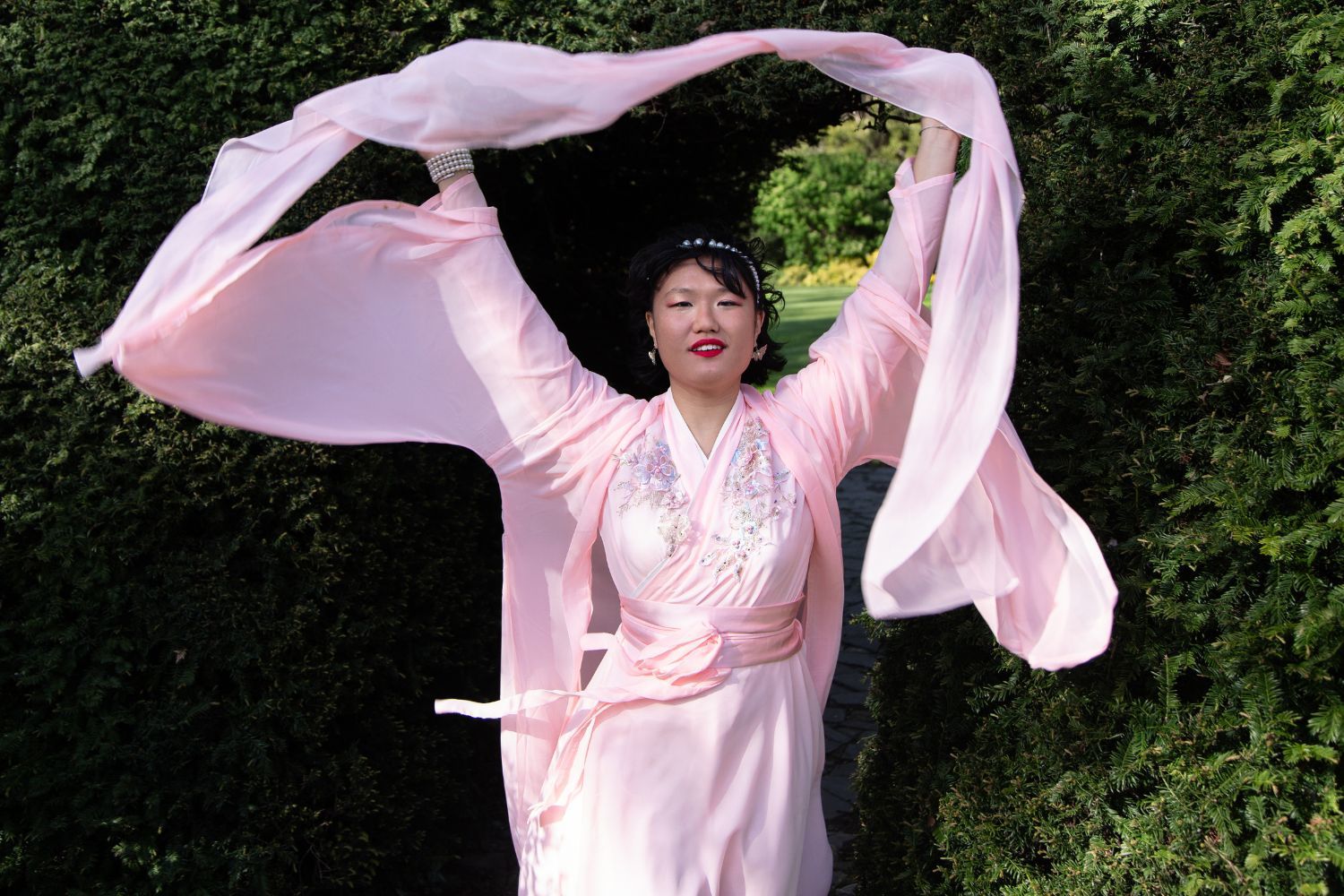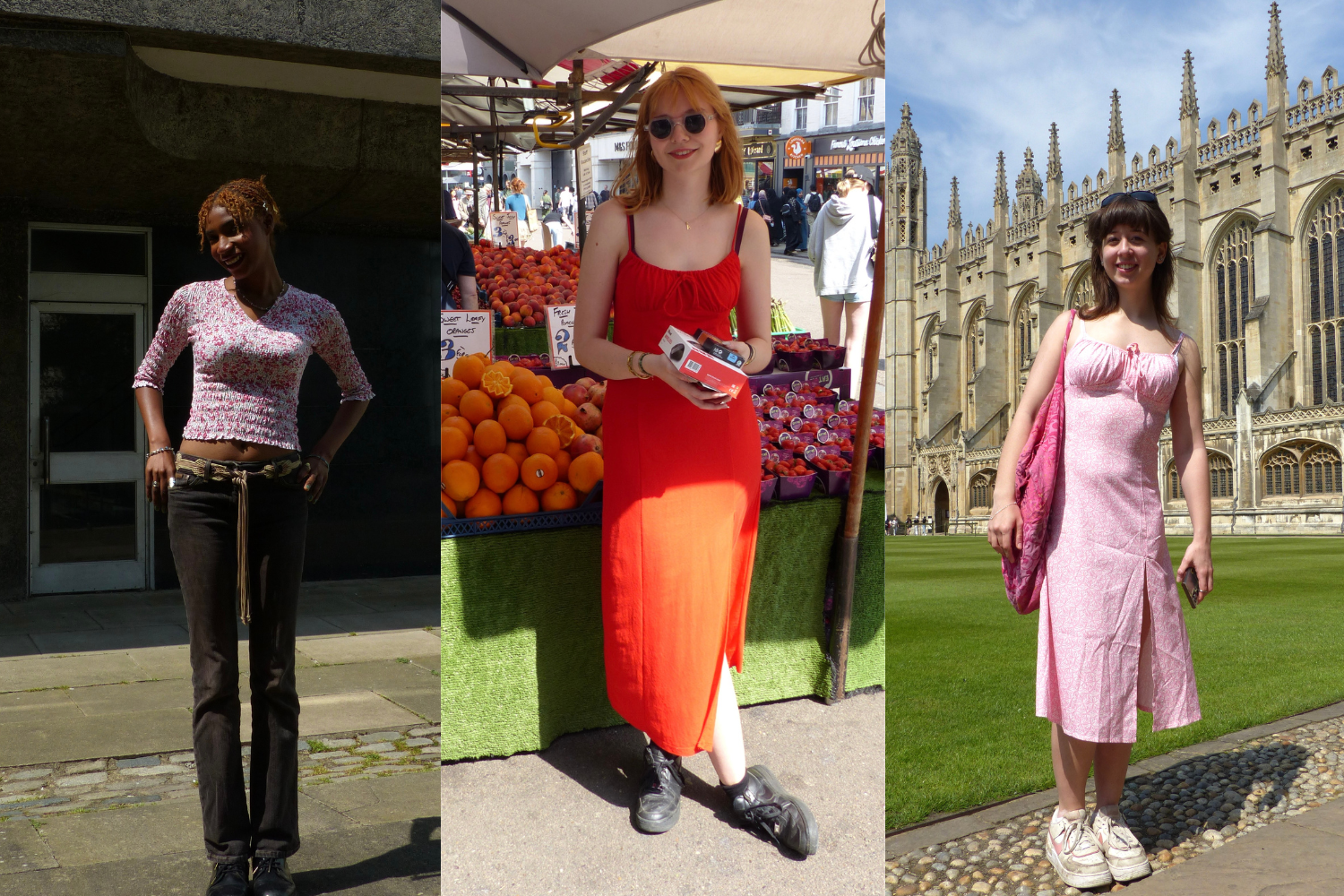Cambridge is a city we might perhaps define in relation to its diligent commitment to tradition. Every formal dinner is adorned with gowns, often accompanied by a Latin grace and candlelit waiter service. Our time as students starts with grandiose matriculation ceremonies and ends with even grander graduation ceremonies, where we all wear the same uniform hoods. We devote ourselves to three terms of eight weeks, subjecting ourselves to the arduous rigour of weekly supervision essays, 9am lectures and the horrors of Rumboogie each Wednesday night.
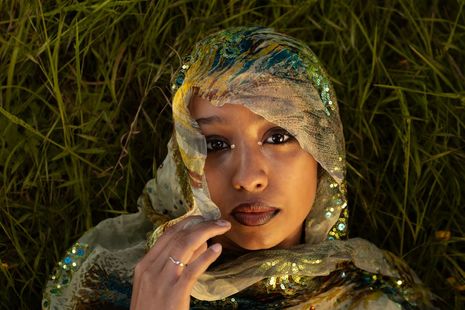
May Week offers a final release, a week-long escape from this routine and tradition and an opportunity to revel in the grandest and most idyllic events: May Balls. Ever since the first ball at Trinity in 1866, these celebrations have epitomised magic with their black-tie grandeur, fireworks and unlimited food and drink, resulting in a night of lucid euphoria.
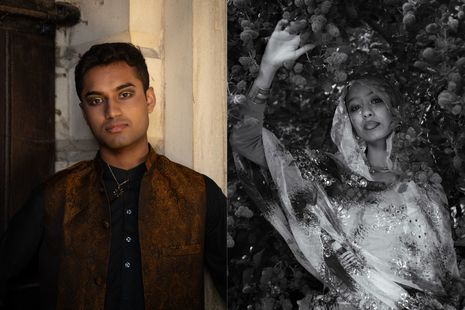
May Balls provide a point of reference throughout Easter term thanks to constant discussions surrounding themes, headliners and outfits. These events provide an opportunity to celebrate a range of cultures. Whether it be the beautiful layered silks of a Tamil sari or the vibrant patterns of a Sudanese toub, cultural clothing serves as a tangible expression of something both extremely personal and fundamental. It is a proclamation of pride in one’s culture and an affirmation of belonging in a landscape that wasn’t necessarily designed with us in mind.
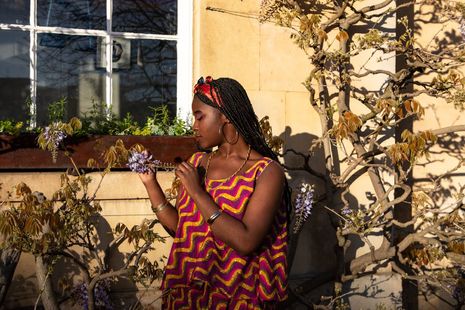
We spoke to our models to discover how their cultural wear intersects with the drama and fashion of May Balls:
For Rohan Afaq, reconciling his queer identity and Pakistani heritage has been a challenge. He recalls that, initially, he wore a classic suit and tie to events and only later began to “revisit colourful and extravagant cultural wear,” which made him “fall back in love with the traditional Pakistani dress”. For Rohan, it became quite “cathartic” to connect his academic Cambridge identity with his Pakistani culture. Thus, for our photoshoot, he wore a shalwar kameez: a combination of a long tunic and flowing trousers that were brought into South Asia by the Mughals in the 1200s. Pairing his cultural clothing with makeup and jewellery is something that Rohan embraces: “It feels right for me to merge my cultural wear into who I am.”
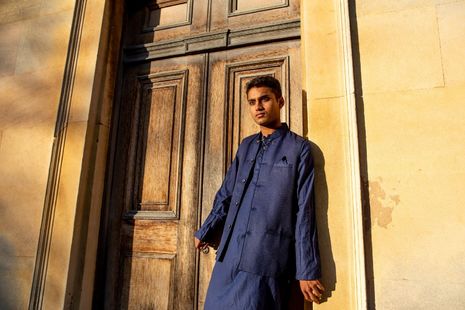
Attire isn’t just a matter of fashion; cultural dress becomes a conduit through which identity and heritage can be proudly asserted and a broader conversation about inclusivity and representation can be instigated. As Nima Babiker explains, “Sometimes sparking up a conversation with a stranger through a little compliment goes a long way to discovering more about the outfits.” For Nima, bringing aspects of your culture into an academic setting like Cambridge is crucial, “particularly when they can inform so much of our affective and intimate aspects of life”. Indeed, it’s about “bringing a part of home with you so that you never feel too far away”. After explaining that Sudanese toubs are usually reserved for older women, Nima expresses how having a reason to wear one has made her feel “incredibly happy,” recalling memories of those “who have lived and loved in such clothing”.
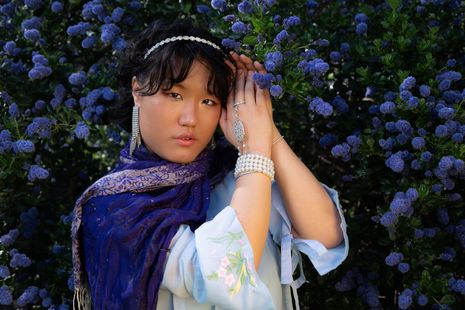
Yet wearing traditional clothing at May Balls isn’t without its challenges. Irisa Kwok recalls horror stories of people mistaking those in cultural dress for “part of the attraction because they’re wearing a certain headdress or dressed in a certain way”. There are also practical issues such as the cost of dress repair. Irisa highlights how, if traditional clothing gets ruined, buying a new one often entails additional import costs, which can dissuade students from wearing it to events. While she wouldn’t usually wear her traditional Chinese hanfu dress or Manchu wear to May Balls, Irisa insists that “there can be some really lovely moments as well”. She reflects that “people are generally really happy that you wear your cultural dress out” and it can be nice to send photos back home and “be like, I’m at a May Ball. I’m repping the family!”
- Creative directors: Amira Mumin, Emily McDonagh
- Photographers: Tomos Davies, Chiara Delpiano Cordeiro
- Models: Rohan Afaq, Nima Babiker, Irisa Kwok, Raheal Mensah
- Makeup Artist: Erin Tan
- Vulture Editor: Alexander Brian

